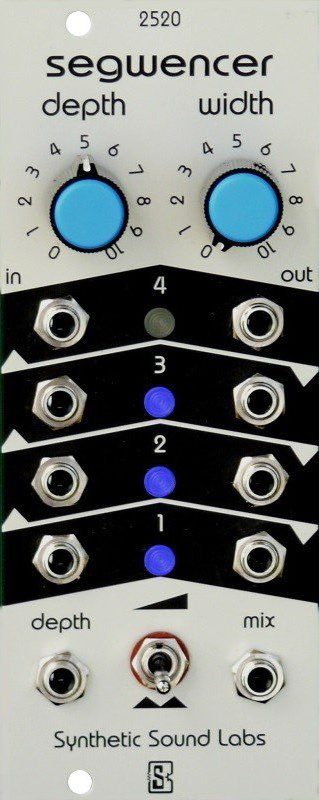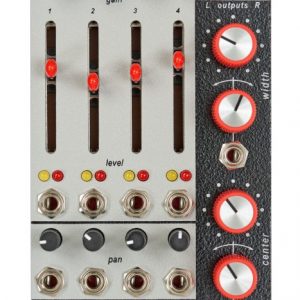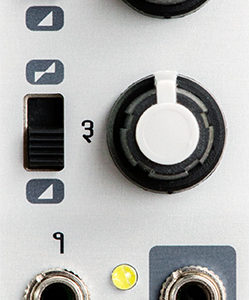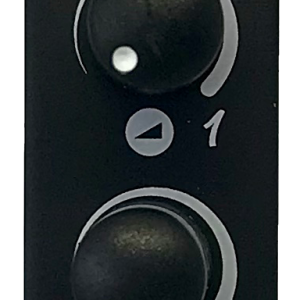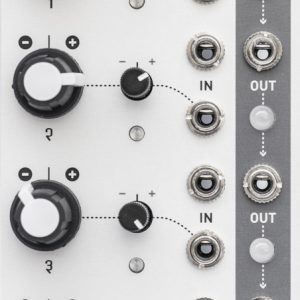Segwencer
£285.00
7 in stock
Description
The SSL 2520 Segwencer™ Euro module is indeed in a class of its own – these are the last rare stock of this unique module.
The Segwencer name derives from the audio term “segue” (fading from one sound to another), and the synth term “sequence” (moving from one point / sound to another), and once combined, there is a synergy that blasts these concepts into a totally new way of morphing sounds, textures and even control voltages.
So, what is the SSL Segwencer? In a typical Voltage Controlled studio environment, a control voltage is fed to the “Depth” input which (through an on-board attenuator) controls which of the four Segwencer channels is active based on the input voltage. Each channel of the Segwencer has a separate built in VCA (DC coupled!) input and output, as well as a comvenient Mix output that can frequently save a mixer.
By this description, you might think that the Segwencer harshly “switches” from channel to channel – which is not in itself a bad thing. Here is where the Segwencer really shines.
The Segwencer has a “Width” panel control that literally softens the progressive transitions between the channels. So you have complete control over the transition of the “switch” point between the channels, and the “softness” of how that channel switches. Really cool!
Obviously, using a voltage pedal could emulate the actions of a crescendo pedal, but how about feeding the Depth input with an envelope generator? What about an LFO, or even keyboard velocity voltages. And since the VCAs are DC coupled, imagine possibilities of Segwencing control voltages, or even CVs AND audio in the same segwence? The combinations are staggering.
Imagine taking each basic waveform from a VCO into each input of the Segwencer and having the Segwencer smoothly blend the waves? Or how about a sine wave into channel “A” out to a audio mixer, an LFO into channel “B” out to the VCOs CV input, and a wavefolded sine into channel “C” out to the audio mixer? Result: Sine, to FM modulated sine, to distorted sine.
The VCA inputs are conveniently normallized, so – How about a voltage controlled quad panner with each output going to a separate speaker? Or maybe three or four VCOs in a musical chord (or dischord if that floats your boat), each into a separate Segwencer input, with the Segwencer “Mix” output as audio? Result: Think about it.
You’ll probably find youself using at least one Segwencer for just about every patch!
Features
Controls:
- Width
- Depth CV Amount
- Peaks / Slope selection switch
Inputs:
- 4 DC Coupled Linear VCAs
- Depth CV
Outputs:
- 4 DC Coupled Linear VCAs
- 1 DC Coupled Mix output
Indicators:
- 4 Channel Activity LEDs (Blue)
Specification
- Power: +15V at..ma, -15V at..ma, 16pin Eurorack header
- Width: 10HP
- Depth: 45mm (1.75″) behind panel

